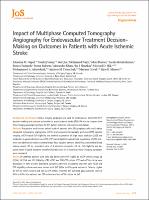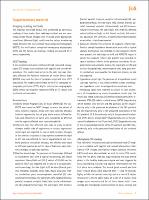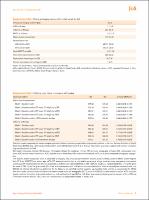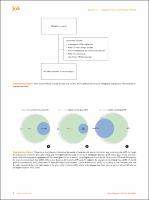| dc.contributor | Vall d'Hebron Barcelona Hospital Campus |
| dc.contributor.author | Ospel, Johanna M. |
| dc.contributor.author | Volny, Ondrej |
| dc.contributor.author | Qiu, Wu |
| dc.contributor.author | Najm, Mohamed |
| dc.contributor.author | Hafeez, Moiz |
| dc.contributor.author | Abdalrahman, Sarah |
| dc.contributor.author | Rubiera Del Fueyo, Marta A |
| dc.date.accessioned | 2022-05-02T13:09:45Z |
| dc.date.available | 2022-05-02T13:09:45Z |
| dc.date.issued | 2021-09 |
| dc.identifier.citation | Ospel JM, Volny O, Qiu W, Najm M, Hafeez M, Abdalrahman S, et al. Impact of Multiphase Computed Tomography Angiography for Endovascular Treatment Decision-Making on Outcomes in Patients with Acute Ischemic Stroke. J Stroke. 2021 Sep 30;23(3):377–87. |
| dc.identifier.issn | 2287-6405 |
| dc.identifier.uri | https://hdl.handle.net/11351/7451 |
| dc.description | Circulación cerebrovascular; Isquemia; Ictus isquémico |
| dc.language.iso | eng |
| dc.publisher | Korean Stroke Society |
| dc.relation.ispartofseries | Journal of stroke;23(3) |
| dc.rights | Attribution-NonCommercial 4.0 International |
| dc.rights.uri | http://creativecommons.org/licenses/by-nc/4.0/ |
| dc.source | Scientia |
| dc.subject | Angiografia - Tècniques digitals |
| dc.subject | Isquèmia cerebral - Imatgeria |
| dc.subject.mesh | Computed Tomography Angiography |
| dc.subject.mesh | Brain Ischemia |
| dc.subject.mesh | /diagnostic imaging |
| dc.subject.mesh | Endovascular Procedures |
| dc.title | Impact of Multiphase Computed Tomography Angiography for Endovascular Treatment Decision-Making on Outcomes in Patients with Acute Ischemic Stroke |
| dc.type | info:eu-repo/semantics/article |
| dc.identifier.doi | 10.5853/jos.2021.00619 |
| dc.subject.decs | angiografía por tomografía computarizada |
| dc.subject.decs | isquemia cerebral |
| dc.subject.decs | /diagnóstico por imagen |
| dc.subject.decs | procedimientos endovasculares |
| dc.relation.publishversion | https://doi.org/10.5853/jos.2021.00619 |
| dc.type.version | info:eu-repo/semantics/publishedVersion |
| dc.audience | Professionals |
| dc.contributor.organismes | Institut Català de la Salut |
| dc.contributor.authoraffiliation | [Ospel JM] Department of Clinical Neurosciences, University of Calgary, Calgary, AB, Canada. Department of Radiology, University Hospital of Basel, Basel, Switzerland. [Volny O] Czech National Centre for Evidence-Based Healthcare and Knowledge Translation (Cochrane Czech Republic, Czech EBHC: JBI Centre of Excellence, Masaryk University GRADE Centre), Institute of Biostatistics and Analyses, Faculty of Medicine, Masaryk University, Brno, Czech Republic. Department of Neurology, University Hospital Ostrava, Ostrava-Poruba, Czech Republic Department of Neurology, University Hospital Ostrava, Ostrava-Poruba, Czech Republic. [Qiu W, Najm M, Hafeez M, Abdalrahman S] Department of Clinical Neurosciences, University of Calgary, Calgary, AB, Canada. [Fainardi E] Servei de Neurologia, Vall d’Hebron Hospital Universitari, Barcelona, Spain |
| dc.identifier.pmid | 34649382 |
| dc.identifier.wos | 000703882200007 |
| dc.rights.accessrights | info:eu-repo/semantics/openAccess |

 Área privada
Área privada Contacto
Contacto











